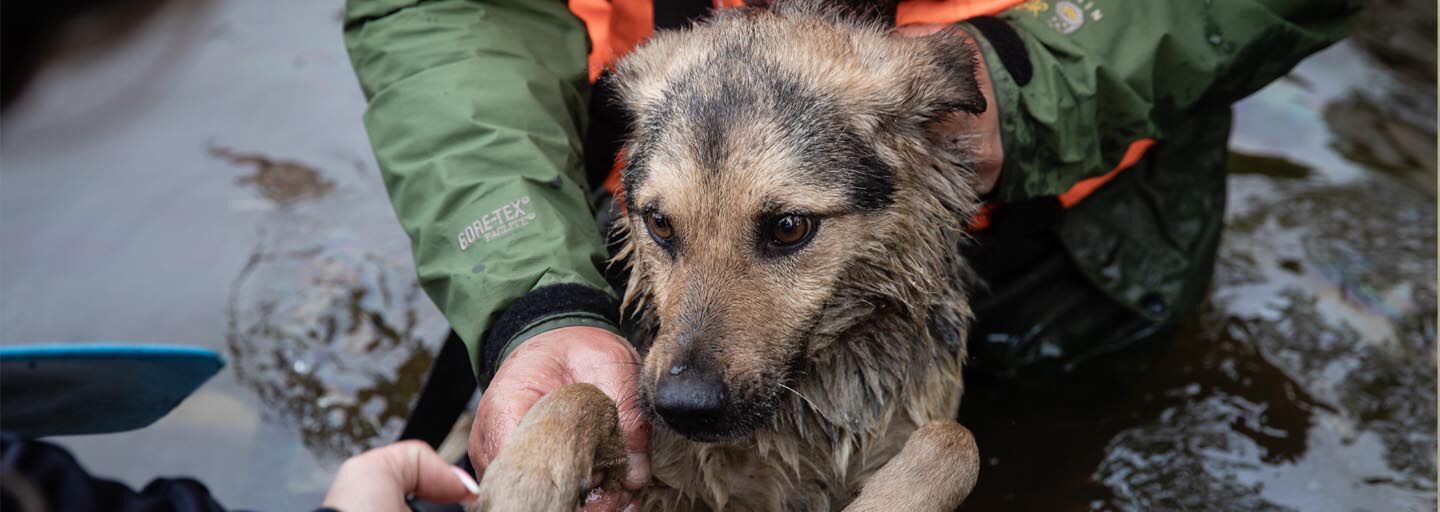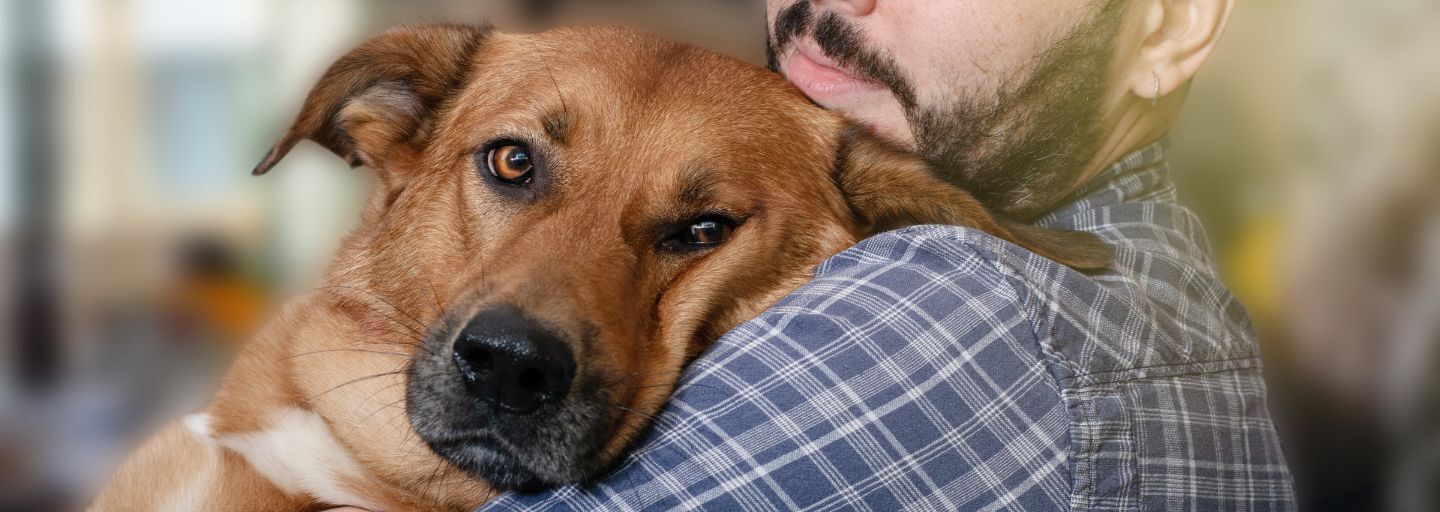When floods or bushfires strike, every minute counts, and having an effective evacuation plan is essential. It is crucial to include your dog in this plan to ensure you know where to go in an emergency.
The important thing is to have several options outlined in your dog evacuation plan. This way, you don’t waste time making frantic calls after natural disaster strikes.
Additionally, make sure you have on you your dog’s medical records, as some pet-friendly emergency relief centers require proof of vaccinations and flea treatment for your pet to stay there.
Another good simple and quick tip in case your dog is left behind could be having a waterproof “Pets Inside” stickers. Place them on your home’s front and back doors to alert rescuers to look for pets.
Once you are in the affected area, make sure that any pets that do get wet are dried up quickly, with towels or anything you have at hand. This is more important in colder weather but always worth considering when your dog could be at some immune compromised condition such as young, old, pregnant and pets with chronic diseases.
Identify pet-friendly evacuation shelters in advance to facilitate staying together during emergencies. If shelters are unavailable, consider alternatives such as your veterinarian’s office, local animal shelters, pet-friendly hotels, boarding facilities, or a trusted friend or relative's home. Having various options in your evacuation plan is crucial to avoid delays during a disaster. Additionally, keep your pet’s medical records handy, as some emergency relief centers may require proof of vaccinations.
Pet Emergency Kit Checklist
Your dog’s emergency kit will vary depending on the individual, but it could include:
- Bottled water
- One to two weeks’ worth of your pet’s food
- Blankets
- Leash, collar and harness
- Vaccination records and medical history
- Flashlight with extra batteries
- Basic pet first-aid kit
- Any medication your dog needs
Also make sure your dog has a tag with contact details on it like your mobile number in case of separation. Having your pet microchipped can also be helpful to ensure they can be identified and found via the electronic device.
Keep Your Pet Emergency Kit Up to Date
After establishing a pet disaster preparedness plan and an emergency kit for floods and bushfires, ensure the kit's contents are regularly updated. Replace food and water every six months, marking the dates for easy tracking. Additionally, keep emergency contacts and vaccination records up to date.
Create a Buddy System
In addition to having an evacuation plan for your dogs, it's essential to prepare for situations that may arise while you're away. Ask a trusted neighbour, relative, or friend to check on your dog and include them in your emergency contact list as someone authorised to approve medical care if needed.
Ensure that your emergency contacts are also listed on your dog’s microchip, allowing anyone who finds your dog to reach them if you're unavailable. Finally, inform your caregiver about the location of your dog emergency kit in case of a disaster while you're out of town.
Purina believes pets and people are better together. By preparing for emergencies, you can ensure that you and your pets stay together, regardless of the circumstances.
As pet owners, it is essential to recognise the profound impact our emotions can have on our furry companions, as they are highly perceptive and can pick up on our feelings and moods; thus, maintaining a calm attitude whenever is possible is crucial for their emotional well-being. By remaining composed, we can reassure our pets and help reduce their anxiety.



